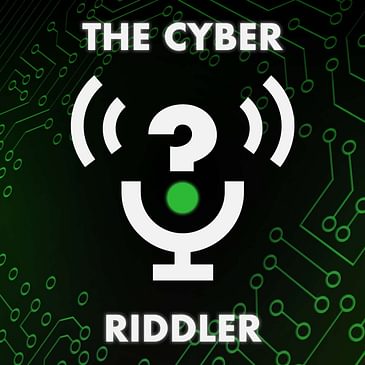Explore the world of web security in our latest episode, 'HTTPS and TLS Tales' deep into the mechanisms that differentiate HTTPS from HTTP, uncovering the layers of encryption, authentication, and data integrity that safeguard our online interactions. From the pivotal role of TLS to real-world cases of security breaches and the evolving landscape of cyber threats, this episode offers a comprehensive look at the technologies that keep the internet secure.
- Twitter: @almorabea
- Twitter: @CyberRiddler
- Website: https://thecyberriddler.com


